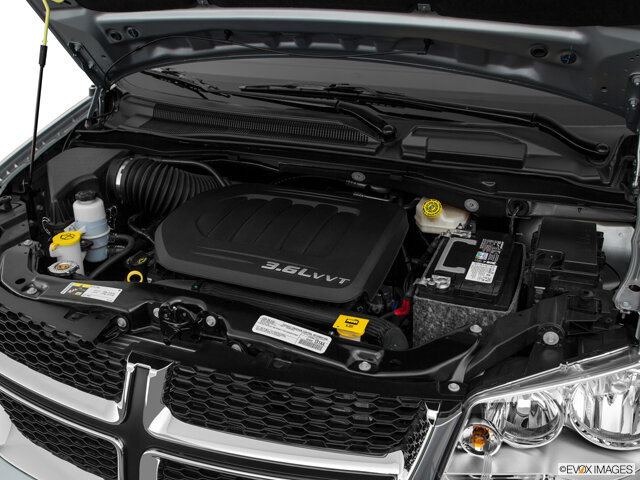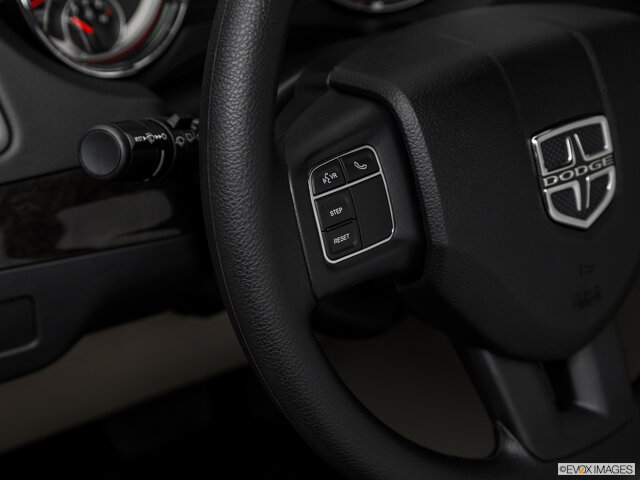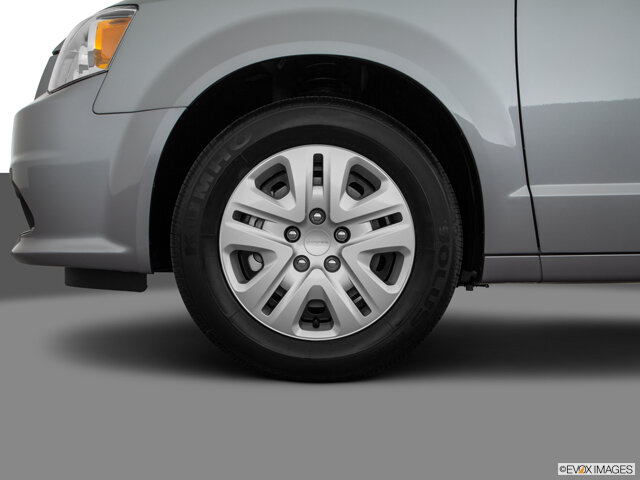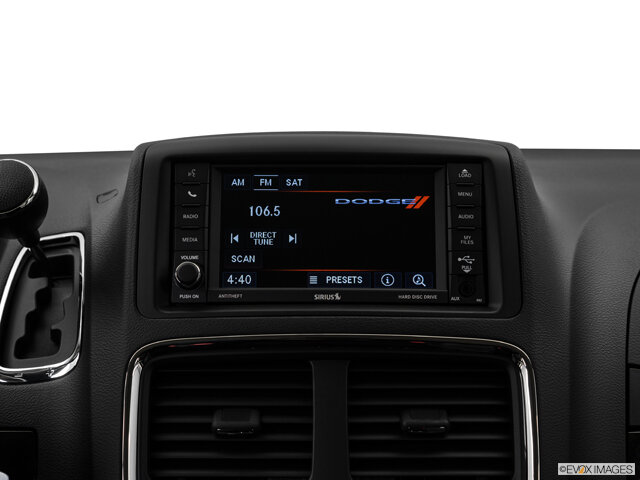For many states, the winter season means future forecasts of ice and snow. During bad winter weather, driving can be dangerous. While the safest option is to stay indoors, sometimes snow and/or ice storms arrive suddenly leaving drivers no choice but to navigate the slick and hazardous roads.
Some drivers are accustomed to winter weather and are prepared to handle whatever weather the winter delivers. Those who aren’t experienced in driving in bad winter weather might feel overwhelmed at the thought of slick streets. Here are 10 tips for driving in the snow to stay safe on the roads during winter.
- Check tires
- Keep a safe distance
- Don’t speed
- Prepare an emergency kit
- Make use of all safety features
- Use AWD or 4WD if available
- Don’t accelerate too quickly
- Don’t stop when trying to navigate hills
- Check brakes before bad weather hits, and test out the braking system
- Remember to turn on headlights (for snow and ice storms)
Good Tires Can Aid Driving in Snow
Car owners living in areas that receive regular heavy snowfalls might invest in winter tires each year. These tires are designed for snow, and they can be an asset during winter storms.
At minimum, though, drivers should make sure their tires have good traction. If tires are worn down, replace them before bad weather hits. A snow storm is not the time to realize that those tires needed to be rotated or replaced. Before the winter cold arrives, car owners should have their tires inspected.
While snow tires are an added cost and more expensive than standard tires, they might be a worthwhile investment in areas that experience heavy snowfall and bad weather. Kelly Blue Book (KBB) notes that snow tires also improve braking.
However, snow tires or winter tires shouldn’t be used during warmer seasons. Swap them out after the cold weather dissipates.
Keep a Safe Distance
There are a few recommendations on how to distance a vehicle from cars ahead on the road. Some experts note that drivers should leave one car length for every 10 MPH. Those driving at 50 MPH need to be five car lengths behind the car in front of them. This rule ensures that drivers have plenty of space to stop in case of an emergency.
Some recommend that drivers base their distance on the time it takes their car to reach a specific marker that was already reached by the car ahead of them. This might be called the ‘three-second rule. A car should reach a specific marker three seconds after the car directly ahead. The three-second rule might be an easier way to judge distance for drivers.
These recommendations might go out the door during bad weather, though. Drivers might need more distance between them and the car ahead to safely stop when roads are slick and snow-packed.
Stopping on slick surfaces can cause a car to slide or skid. This is why greater distances between cars are necessary during bad winter weather. How much distance should drivers leave between their car and the car ahead of them when the roads are slick?
Opt for a five to six second rule during slick winter weather (or rain) to ensure that the car has enough time to stop. Pick an object like a speed limit sign and time how long it takes the car to reach it after the car in front has reached this mark. If the driver counts less than five seconds, they are following too closely.

Watch the Speed
Bad winter weather is not the time to punch the gas and speed down the highway. Keep speeds at a level where the driver feels that they can best control the vehicle if they need to stop. Remember, stopping the vehicle is more difficult during icy, snowy or rainy conditions as slick surfaces can cause cars to skid or slide.
Driving too slowly also could pose a safety issue. Many drivers set their speeds to match how the cars around them are driving. In really bad weather, many will slow their speeds even while driving on the freeways. Be mindful of all the cars around and watch the speed.
Prepare an Emergency Kit
When the winter weather turns brutal, do not head out on the roads unprepared. Pack an emergency kit with supplies necessary in case the weather causes the driver (and passengers) to become stranded.
Emergency kits can include blankets for everyone, a first aid kit, and portable chargers for phones. The National Safety Council (NSC) recommends that car safety kits also include the following items:
- Jumper cables
- A spare tire (with all the tools for changing it)
- Reflective triangles
- Flashlight with backup batteries
- Compass
- Water
- Food (non-perishable)
- Reflective vest
- Duct tape
- Rain gear
- Extra clothing
In addition, the NSC also notes that drivers should keep a multipurpose tool in the car or kit. These tools include a tip that can break the glass of car windows for an easy emergency escape; they also often include a tool that can cut the seat belt.
Make Use of All Safety Features
Many car owners have vehicles that offer extensive safety systems. Bad winter weather is the time to fully utilize these features.
Some car models include advanced safety features that alert the driver when another car is in their blind spot. Others warn of a possible front end collision and even automatically stop the car. Camera systems also can aid drivers when backing up out of snow-packed parking lots.
Use AWD or 4WD if Available
Some cars include AWD and the power to the four tires might engage automatically. Other cars offer a 4WD option; pickup trucks and SUVs could offer 4WD.
Both 4WD and AWD can aid in traction as these systems help engage all four tires. When driving in snow, 4WD could make all the difference.
Don’t Accelerate Too Quickly
Driving too fast in snow, ice or other hazardous conditions can make it difficult to stop in time. However, accelerating too quickly on wet or slick roads also could cause the tires to spin or for the driver to lose traction. Accelerate slowly to reach optimal speeds, and always keep a safe distance.

Don’t Stop When Navigating Hills
If the car seems like it’s having trouble going up the hill, the driver might just stop. However, on a slick hill this can lead to the car sliding backward and possibly hitting another car. Don’t stop when going up a hill.
Abide These Winter Driving Tips: Check the Brakes, and Understand the Braking System
Before winter, it might be advisable for car owners to have their brakes inspected. If pads need to be replaced, make this repair before winter. In addition, car owners need to be familiar with their braking system and how it works before they are stuck in bad weather. What does this mean, and what do car owners need to understand about their brakes?
Cars might have anti-lock braking systems (ABS). This braking system is designed to ensure that the wheels don’t lock. ABS might alarm drivers when they are navigating slick roads, though. When the driver pushes down on the brakes that are operated by an ABS, it might feel as though the car takes longer to stop. This is how the system is designed, but drivers need to understand the feeling of the system before they need it in a wintry situation.
Ideally, drivers who are inexperienced in navigating winter roads should practice driving in an open snow-covered parking lot. This driving scenario can enable inexperienced drivers to feel out how their car maneuvers in the snow and how the ABS handles when it is engaged.
Turn on the Headlights
During dreary weather when it’s raining or snowing, remember to turn on the headlights. This simple habit ensures that other drivers see the car.
Driving in heavy snow also means that drivers might look for the taillights in front of them to help navigate traffic. Sometimes the visibility is so bad that the only way to navigate is via the red taillights of other drivers.
Many cars have automatic headlights that turn on when the conditions are necessary. Drivers might check, though, to ensure those beams are on and visible.

Best SUV for Snow 2022
Pickup trucks and SUVs typically feature 4WD. However, some SUVs offer AWD while others might not offer either AWD or 4WD. Not every car buyer wants a pickup truck, but SUVs are an incredibly popular body style that is now favored by many drivers (including those with families).
Car shoppers might wonder which is the best SUV for snow? There are many great SUVs that can tackle the snow and ice. However, car buyers might focus on models that offer 4WD or AWD.
In addition, safety features and ratings can be important considerations, too. Buyers can research the safety ratings and crash tests report for many vehicle models by visiting the Insurance Institute for Highway Safety or the National Highway Traffic Safety Administration websites.
Obvious Winter Driving Safety Tips
There are a few more obvious tips by which all drivers should abide when driving in bad weather. Always drive defensively and be mindful (and watchful) of all cars around.
Car owners never know when or if a car ahead will need to stop suddenly. In addition, bad weather can lead to accidents. Drivers need to be cognizant that they could be stuck in traffic related to any accidents, and they need to be mindful (and respectful of) emergency vehicles.
In addition, drivers also need to keep a copy of their registration and their current insurance card in the car at all times. Unfortunately, any driver could be at risk for an accident when roads are slick and difficult to navigate during winter weather.
Be prepared, be mindful of others on the road, use the car’s safety features and take care of any car issues to ensure that driving in winter weather is as safe as possible. Of course, the best advice for driving in the snow is to simply stay indoors and off the roads.

